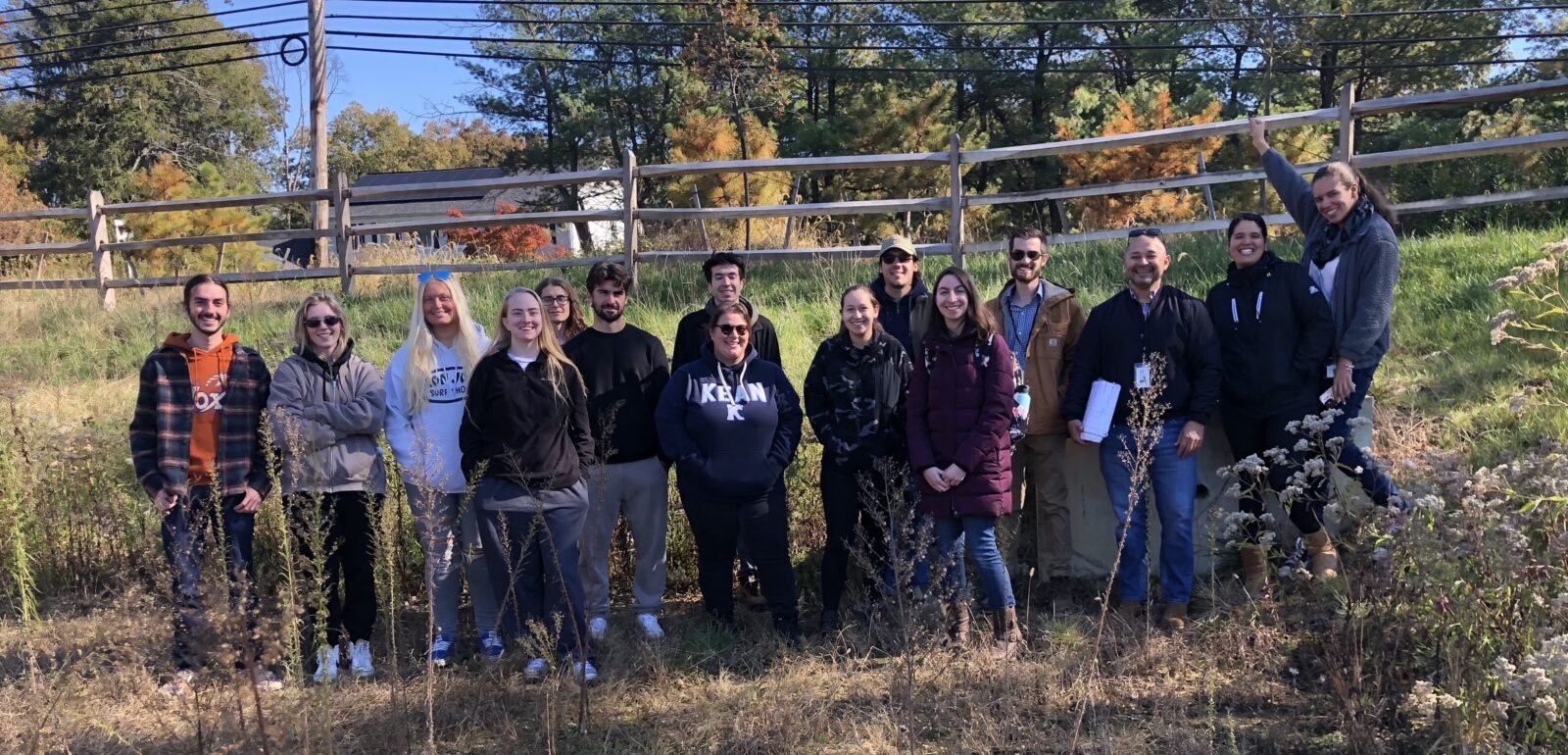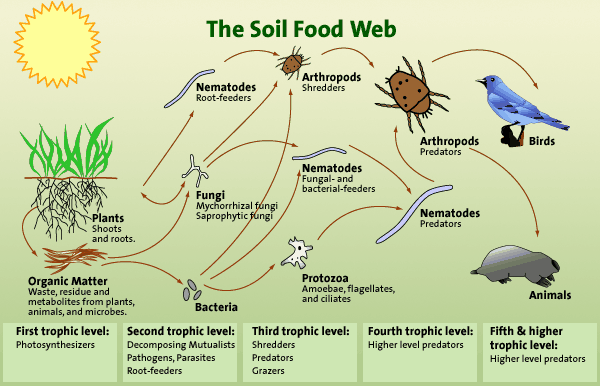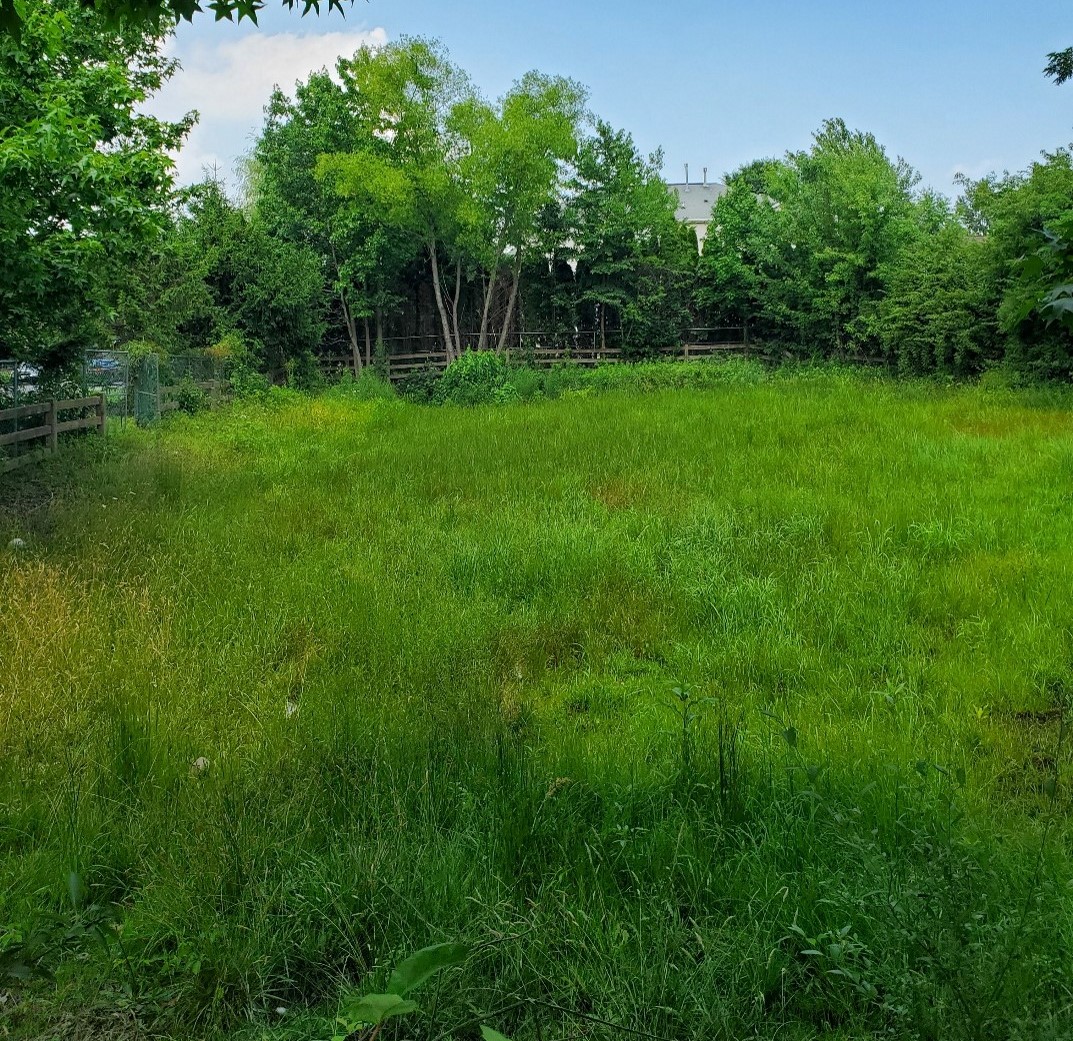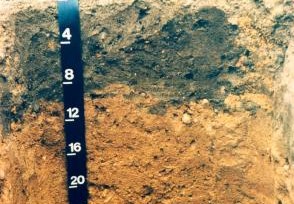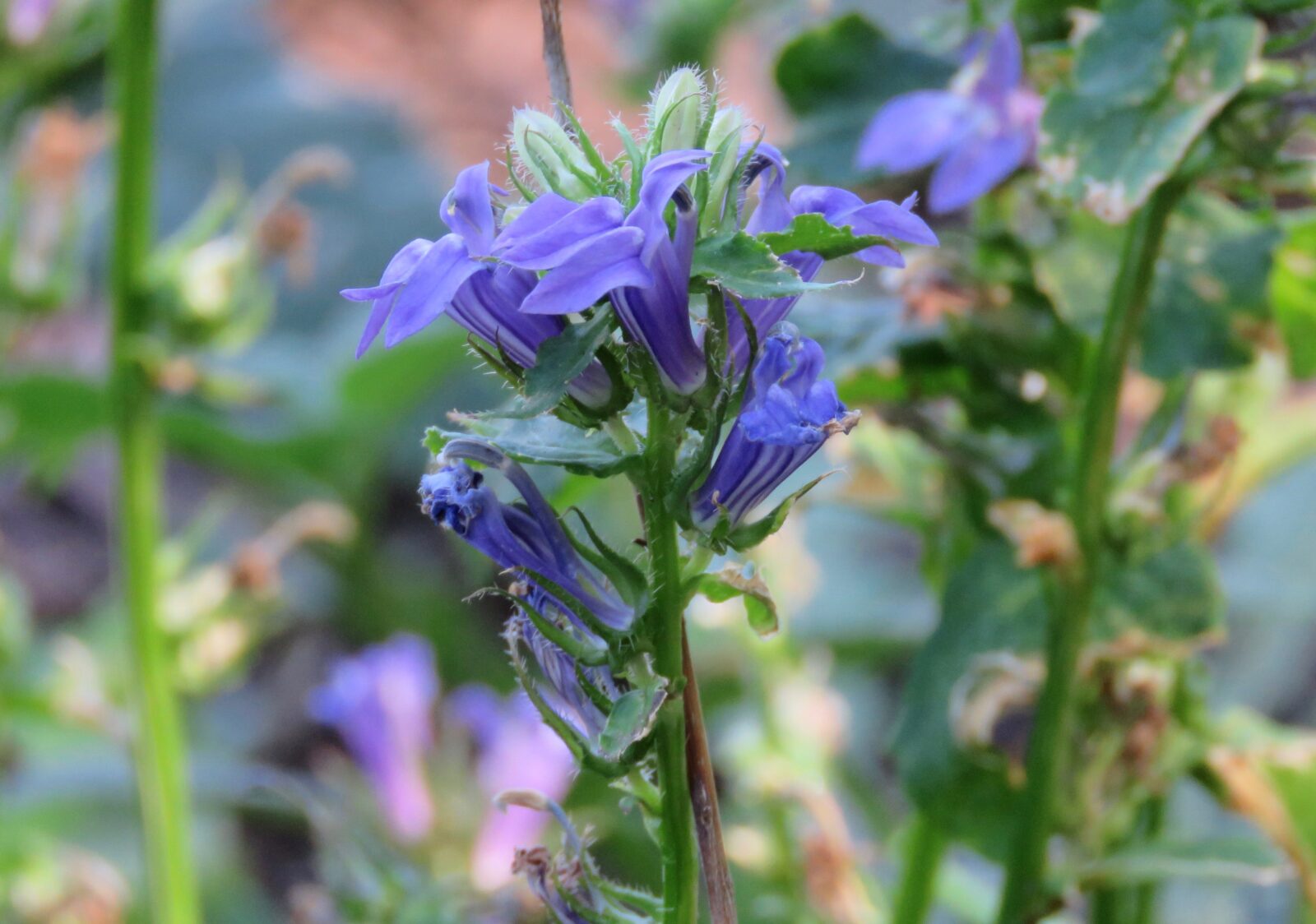Ocean County Soil Conservation District has made available numerous resources for educators, home owners, landscapers and curious minds to help you learn more about soil and create healthy gardens, yards and landscapes at home, at school and in your community.
Explore our online library of soil-focused resources by clicking on the topics below:
- Lesson Plans for Educators: curriculum guides, lesson plans about soil and other natural resources, student project and research ideas, schoolyard gardening and outdoor classroom resources
- Healthy Soil Resources: resources for understanding and achieving healthy soil, soil health fact sheets
- Bibliography of Soil Health Resources: a comprehensive bibliography of soil health resources in downloadable format
- Web Soil Survey: an app for learning about the soil beneath your feet!
- Native Plants and Home Gardens : resources about native plants, information and ideas about creating a native home garden
- Rain Garden Resources: resources, guidelines and examples for building a rain garden
- Healthy Yards Resources: resources for healthy lawns, and links to our Soil Health Improvement Project (SHIP) and NJ Agricultural Experiment Station
- New Jersey Fertilizer Laws : information about the New Jersey Fertilizer Law
Low Maintenance Landscaping Guide for the Barnegat Bay Watershed
This manual, created by Ocean County Soil Conservation District, is intended to help you achieve a healthy yard, garden and landscape by creating a foundation of healthy soil, conserving water, using less fertilizer, and building habitat for wildlife using native plants, all while saving time and money.
Educational Resource Guide
This comprehensive booklet was created by the Ocean County Soil Conservation District as a one-stop guide for all educational resources related to the Barnegat Bay watershed. What began as a simple directory has grown into a compendium of resources and organizations offering numerous programs, publications, field trips, and watershed information that educators can incorporate into their lessons and activities.
The Barnegat Bay Watershed Educational Resource Guide
Connect with other like-minded groups within the community.
The Smithsonian National Museum of Natural History
Visit for Dig It! The Secrets of Soil exhibit plus games and other educational activities.
From The Ground Up, The Science of Soil
is a website that has many fun activities for families and interactive lesson plans for teachers.
Soil Education Articles and Updates from Our Blog
-
Soil Taxonomy – Classifying Soils
Did you know that soils are classified into taxonomic groups? The soil classification system is similar to the way that living organisms, including plants and animals, are classified into groups based on physical, chemical and morphological properties. Soil scientists classify soils into hierarchical taxonomic categories including order, suborder, great group, subgroup, family and series. The…
-
Kean Students Learn About NJ Soil Erosion Control Standards
Senior Erosion Control Specialist, Ramon Mejia, and Inspector I, Ben Hayden, of Ocean County Soil Conservation District, shared their knowledge and expertise with students enrolled in Kean University’s Principles of Environmental Soil Science, at the Kean Ocean campus, in Toms River, NJ. On a field trip to several local construction sites in Ocean County, Mr.…
-
The Important Role of Soil Organisms in a Healthy Garden
The vibrant community of soil organisms that live beneath our feet are the unsung heroes of our yards and gardens. Below the soil surface, a bustling community of soil organisms tirelessly works to maintain the vitality of the living landscape above. These tiny creatures, including bacteria, fungi, earthworms and insects, play a pivotal role in…
-
Selecting Appropriate Plant Species for Basin Retrofit Projects
The Lakewood Township Stormwater Basin Retrofit Project had a productive 2023 spring seeding season. Five additional stormwater basin retrofit designs have been implemented throughout the municipality.
-
Digging Deeper: Downer Soil
You may be pleasantly surprised to learn that New Jersey has a state soil, just as it has a state bird (American Goldfinch), a state flower (Purple Violet) and a state tree (Red Oak). Our state soil is called Downer.
-
Summer Blooming Perennials to Celebrate
Show your colors this Independence Day by adding some red, white and blue to your summer garden! American native plants support local bees, butterflies and birds by providing nectar, pollen, seeds and nesting materials.


